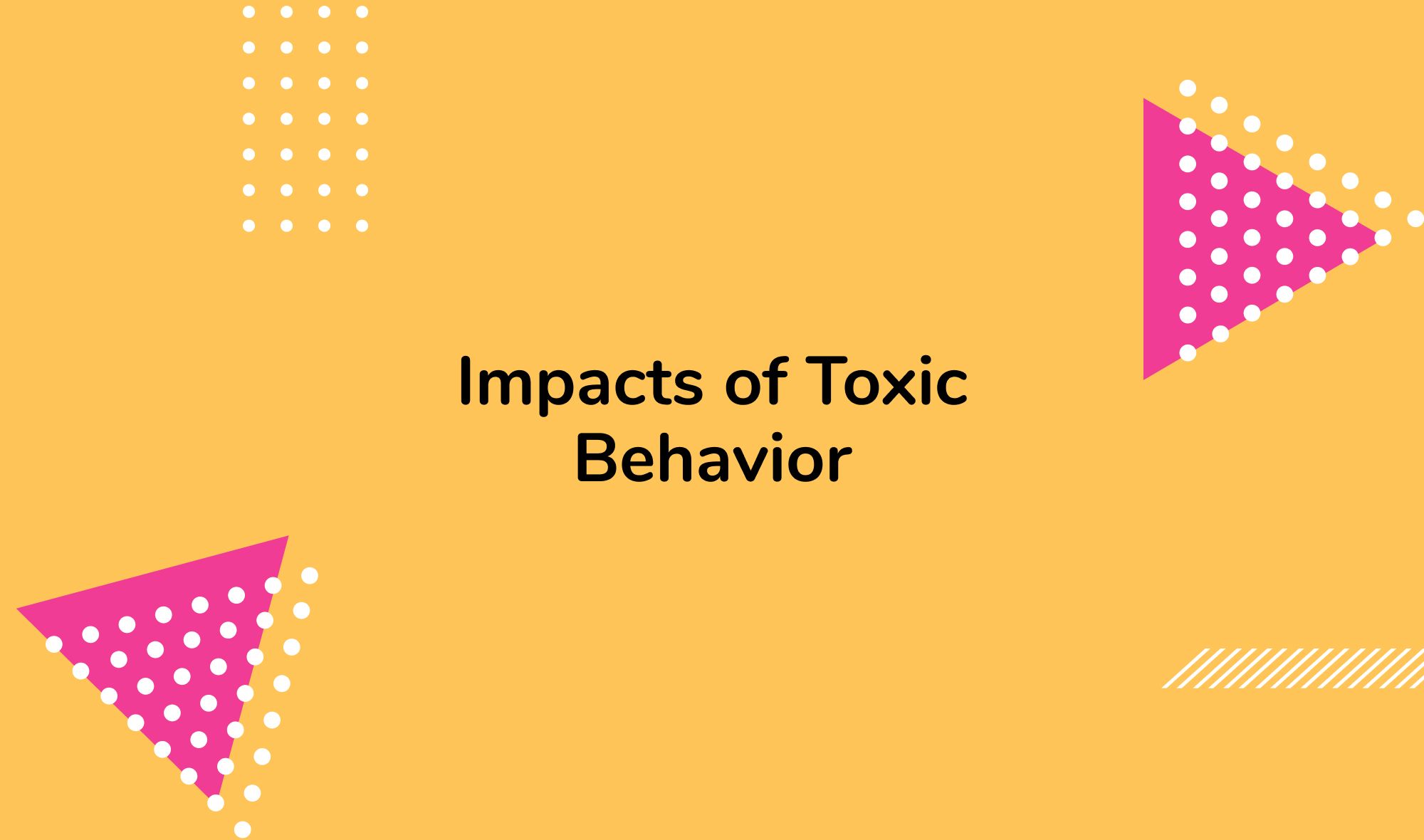Key Takeaways
- Toxic individuals often display manipulative and narcissistic behaviors that can negatively impact a workplace environment.
- The Grey Rock Method is an effective technique to manage interactions with toxic individuals, helping to maintain boundaries and promote psychological safety.
- Implementation of the Grey Rock Method can be challenging but beneficial, and professional help may be sought if necessary.

In every walk of life, we're bound to encounter people who challenge our emotional regulation and mental health. The workplace, our everyday battleground, is no exception. Whether it's a coworker with a self-centered personality or a manager with a knack for control and influence, dealing with toxic individuals can be draining. Welcome to the world of toxic behavior—a landscape littered with manipulation, negativity, and the potential for conflict.
But imagine having a shield—a technique—to protect yourself from the emotional harm these individuals cause. A method that can help you maintain your personal space, emotional detachment, and ensure your psychological safety. This is where the Grey Rock method comes into play.
The Grey Rock method is a lifesaver for many who work in a challenging work environment, a non-engaging approach that helps reduce the energy we spend on negative individuals, helping us focus more on what truly matters.
At ZellaLife, we understand the importance of a healthy work atmosphere and how a toxic person can disrupt that harmony. In this comprehensive guide, we'll help you understand toxic behavior, how it impacts your workspace, and introduce you to the Grey Rock method—an invaluable technique that can change the way you interact with narcissistic individuals.
Stay with us as we navigate the complex terrain of dealing with toxic people, armed with the power of the Grey Rock method.
Join our Newsletter
Transform your career with our personal growth insights. Get one valuable tip right in your inbox every Saturday morning.
Toxic People: Identifying and Understanding their Behavior
Toxic individuals are not a rarity in the workplace. They could be colleagues, supervisors, or even business partners. Identifying such a toxic person involves understanding their behavior patterns—oftentimes manifested through narcissistic and manipulative behaviors.
Narcissistic individuals typically display a pattern of self-centered and egotistic behavior. They are often obsessed with their personal success and will go to lengths to ensure they stay in the limelight, even if it means causing harm to others. Their constant desire for admiration and lack of empathy for their coworkers can create a negative work environment and contribute to toxic behavior. They might even exhibit a superiority complex, believing that they are above their peers, further escalating the tension in the office.
Manipulation is another tool often employed by toxic individuals. Through various tactics—intimidation, emotional exploitation, deceit—they exert control over others, using their influence to meet their own goals. This could lead to an atmosphere of fear and anxiety in the workplace, fostering a culture of negativity and tension. This is why you need to understand how to calm anxiety at work.
Beyond these characteristics, toxic individuals often display harmful actions. These might include constant criticism, blaming others for their own mistakes, creating unnecessary conflicts, or simply refusing to acknowledge others' efforts. Each of these actions can undermine the efforts of their colleagues and disrupt the overall harmony of the workplace environment.
Moreover, toxic individuals often engage in self-sabotaging behavior, which can have a detrimental effect not only on their own performance but also on the entire team. They might procrastinate, miss deadlines, or engage in negative talk, which can significantly hinder the progress and morale of the team.
Understanding the signs of a toxic person and their negative behavior is the first step to dealing with them. In the next section, we will delve deeper into how these toxic behaviors can affect the workplace and explore ways to establish boundaries to protect oneself and maintain a positive work environment.
Impacts of Toxic Behavior: Conflict and Psychological Safety at Stake

When a toxic individual infiltrates the workplace, the impacts can be detrimental. Toxic behavior does not only affect the targets of such behavior but also has wide-ranging effects on the work environment, company culture, and victimhood.
A primary consequence of toxic behavior is the creation of a workplace environment characterized by chronic conflict and tension. The consistent disagreements, created by negative behavior, can lead to communication breakdowns, reduced team collaboration, and decreased productivity. Workplace disputes, when not addressed properly, can escalate, breeding resentment and creating a pervasive culture of discord. However, it's important to understand that not all conflict is destructive. As discussed in our post on constructive conflict, conflict can sometimes lead to improved team dynamics and innovative solutions when managed appropriately.
Join our Newsletter
Transform your career with our personal growth insights. Get one valuable tip right in your inbox every Saturday morning.
The second, and perhaps more insidious effect, is the undermining of psychological safety. Psychological safety, the belief that one can voice their ideas and concerns without fear of retribution, is paramount for fostering a healthy work atmosphere. Toxic behavior erodes this safety, as employees may feel afraid to speak up or contribute, leading to a decrease in overall employee engagement and satisfaction. This issue becomes even more evident when dealing with narcissistic or manipulative individuals, as they can create an atmosphere of fear and unease.
To protect themselves from these negative influences, individuals often resort to emotional detachment, a form of self-defense mechanism. Emotional detachment involves maintaining a certain level of emotional distance from the toxic person, limiting the influence they have over your well-being. While emotional detachment might sound negative, it's sometimes necessary in a toxic workplace. It helps establish boundaries and shields one's emotional health from constant negativity.
However, emotional detachment is not a cure-all solution. It's a temporary fix to mitigate the effects of a toxic environment. The ideal scenario would be to foster a culture that does not tolerate toxic behavior and promotes a healthy, positive work environment.
In the upcoming section, we will discuss a practical approach to dealing with toxic behavior, the Grey Rock Method, which can be an effective tool in preserving your mental health in such situations.
The Grey Rock Method: An Effective Technique

Given the significant harm a toxic person can cause in the workplace, it's vital to have strategies for effectively dealing with these individuals. One such strategy is the Grey Rock Method. This technique was developed as a protective measure against manipulative and narcissistic behaviors.
The essence of the Grey Rock Method is to become as uninteresting, unreactive, and non-responsive as a 'grey rock'. By depriving the toxic person of the emotional reactions they thrive on, you become less of a target for their manipulative tactics.
Let's explore a scenario to demonstrate this technique. Imagine you have a coworker who constantly tries to elicit negative reactions by criticizing your work unfairly or making offensive comments. Instead of engaging with their negativity, you choose to respond in the most neutral, noncommittal way possible, not feeding into the drama they are attempting to create. Your responses might be as bland as "Oh, is that so?", "Interesting perspective", or "I'll think about that". Over time, the coworker learns that their tactics are not effective on you and may start to leave you alone.
It's important to note that using the Grey Rock Method doesn't imply passivity or acceptance of toxic behavior. Rather, it's a survival strategy for situations where confronting the behavior directly is not safe or effective.
Moreover, implementing the Grey Rock Method might help address feelings of self-doubt or impostor syndrome that can arise from constant exposure to toxic behavior. Experiencing toxic behavior can sometimes trigger impostor syndrome, a psychological pattern where individuals doubt their accomplishments and have an internalized fear of being exposed as a "fraud". Our post on what causes impostor syndrome provides a more comprehensive look into this phenomenon.
In the next section, we will delve into how the Grey Rock Method can be adapted for the workplace, offering insights into maintaining professional relationships while preserving one's psychological safety.
Applying the Grey Rock Method in Everyday Life

Though the Grey Rock Method can seem quite simple in theory, it can be challenging to apply consistently in real-life situations, particularly when dealing with narcissistic individuals. However, with practice and patience, this technique can become an invaluable tool for managing interactions with toxic individuals.
One of the key aspects of implementing the Grey Rock Method is learning how to respond rather than react. Responding involves taking a moment to process what has been said or done and choosing the most appropriate action. In contrast, reacting is instantaneous and often driven by emotions. By mastering the art of responding, you can maintain emotional detachment, preserving your mental health, and psychological safety.
In the workplace, for example, if a toxic person tries to engage you in gossip or provoke a negative response, a neutral, noncommittal response like "I see" or "Perhaps" can help deflate the situation. Remember, your goal is to become uninteresting and non-responsive to their attempts at creating drama.
When applying the Grey Rock Method, it's important to note that this technique doesn't mean you allow disrespectful behavior or ignore your boundaries. You should still stand firm on your limits and maintain your personal space.
Implementing this technique might not be easy, especially if you're a person who naturally tends to engage in conflicts or if you are dealing with a particularly persistent toxic individual. However, professional guidance can significantly aid in this journey.
Moreover, if you find yourself constantly battling feelings of self-doubt or impostor syndrome as a result of interactions with a toxic person, the Grey Rock Method can provide a lifeline.
In the next and final section, we will reflect on the importance of maintaining psychological safety and creating a positive workplace environment in spite of the presence of toxic individuals.
Conclusion
Dealing with toxic individuals, especially in the workplace, can be an enormous challenge, affecting both our personal and professional wellbeing. These individuals, often exhibiting narcissistic and manipulative behaviors, can create a negative work atmosphere, leading to conflicts and undermining psychological safety. However, effective strategies such as the Grey Rock Method offer a way to manage and mitigate the detrimental effects of their actions.
In recap, the Grey Rock Method is a powerful technique that promotes emotional detachment, helping to maintain boundaries and ensure emotional well-being when dealing with toxic individuals. It allows you to become an 'uninteresting' target for their negative behavior, thereby diffusing potential conflicts and maintaining a more peaceful workplace environment.
If you're interested in improving workplace culture, you can also explore our blog post on how to identify and correct negative workplace culture.
While this method can be an effective tool, it's important to note that it isn't a solution for all situations or for all people. If you find yourself struggling to cope with a toxic person, or if the environment becomes too challenging, consider seeking professional help.
At Zella Life Coaching, we offer a range of support services that can help you navigate these complex dynamics. Our Personal Coaching services can provide strategies tailored to your individual situation, while our Business Coaching services can help foster a more positive and productive workplace culture.
Remember, you have the right to feel safe and respected in all your interactions. Don't let toxic behavior deter you from maintaining a peaceful and healthy environment for yourself and those around you.
Read more about: Well-being
About Remy Meraz
Remy Meraz, co-founder, and CEO of Zella Life, is a visionary leader who leveraged corporate glass ceiling challenges as a woman of color to drive systemic change.
While leading and cultivating high-performance teams from VC-backed startups to Fortune 500, she consistently faced obstacles such as inadequate mentorship, lack of psychological safety, and non-personalized training. Taking matters into her own hands, she turned to executive coaching and NLP training. This life-changing growth experience led to breaking leadership barriers and a passion for cognitive psychology.
Motivated by her experiences, she co-founded Zella Life, an innovative AI-driven coaching platform bridging the talent development gap by enhancing soft skills and emotional intelligence (EQ) in the workplace.
Her vision with Zella Life is to transform professional development into an inclusive and impactful journey, focused on the distinct needs of both individuals and organizations. She aims to promote advancement and culture change by ensuring every professional's growth is acknowledged and supported.
Today, Remy is recognized as an influential innovator, trainer, mentor, and business leader. Under her leadership, Zella Life has delivered significant measurable outcomes for numerous well-known brands. This track record of positive outcomes garnered attention and funding from Google for Startups and Pledge LA, establishing Zella Life as a pivotal force in the learning and development arena tackling and resolving fundamental talent development issues for organizations of all sizes.